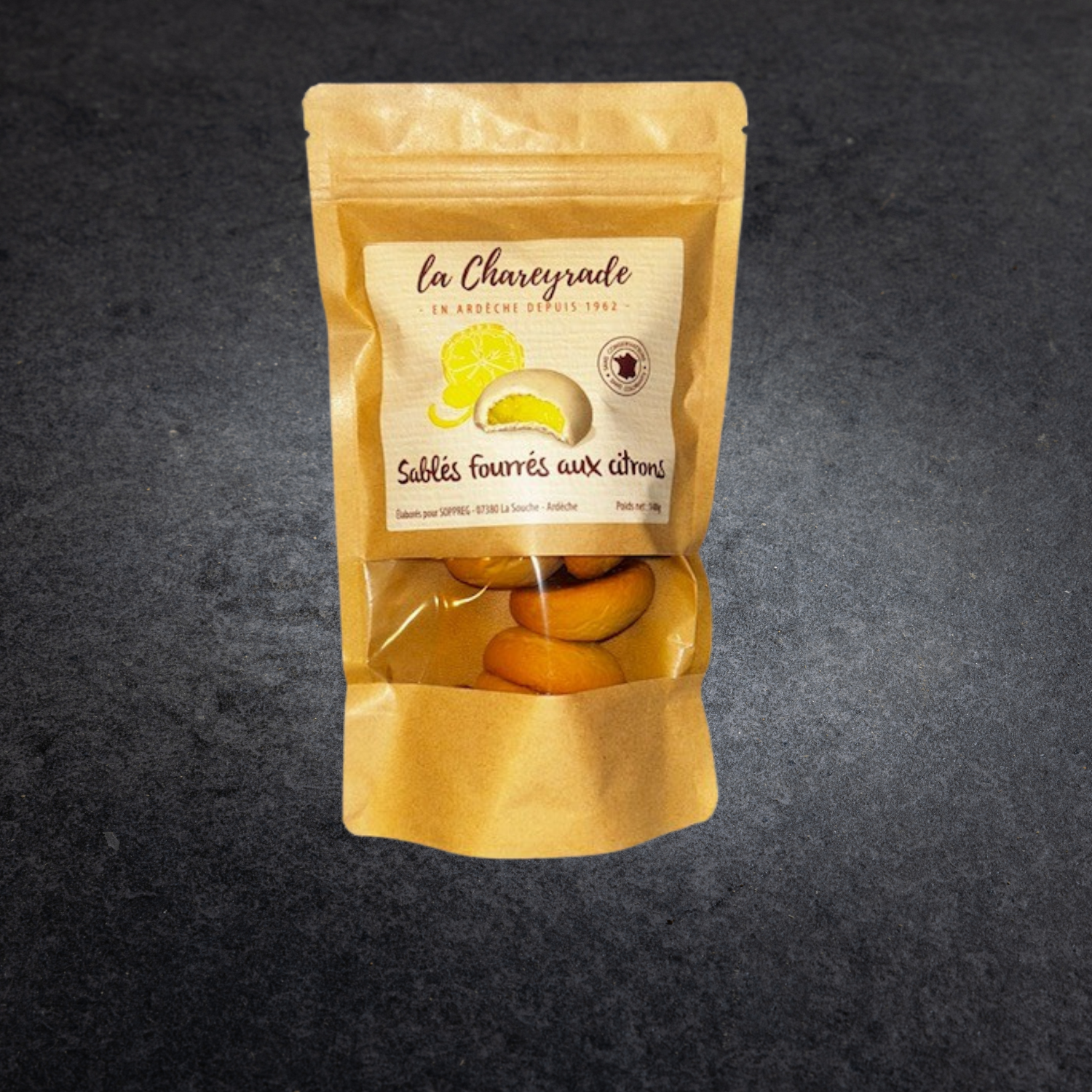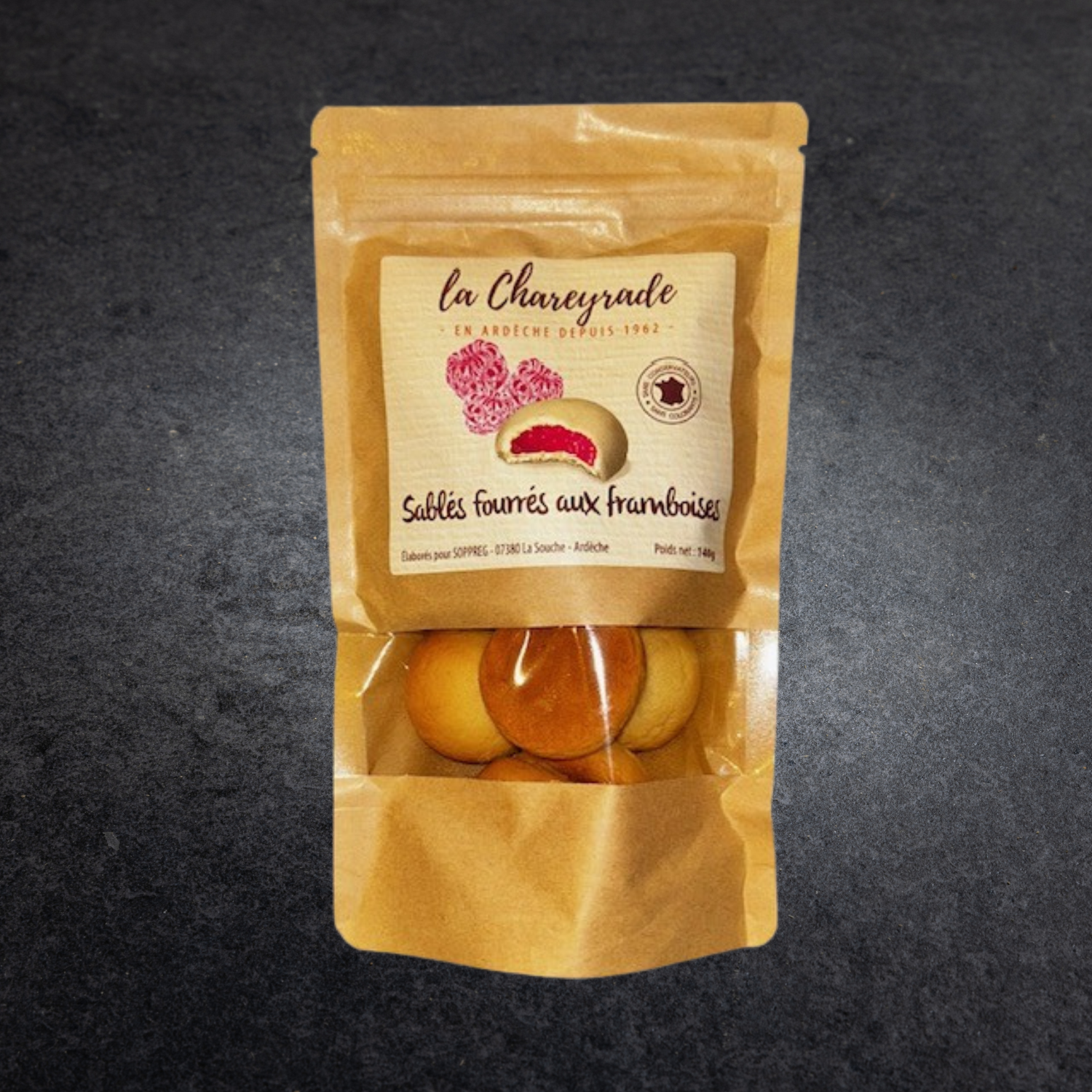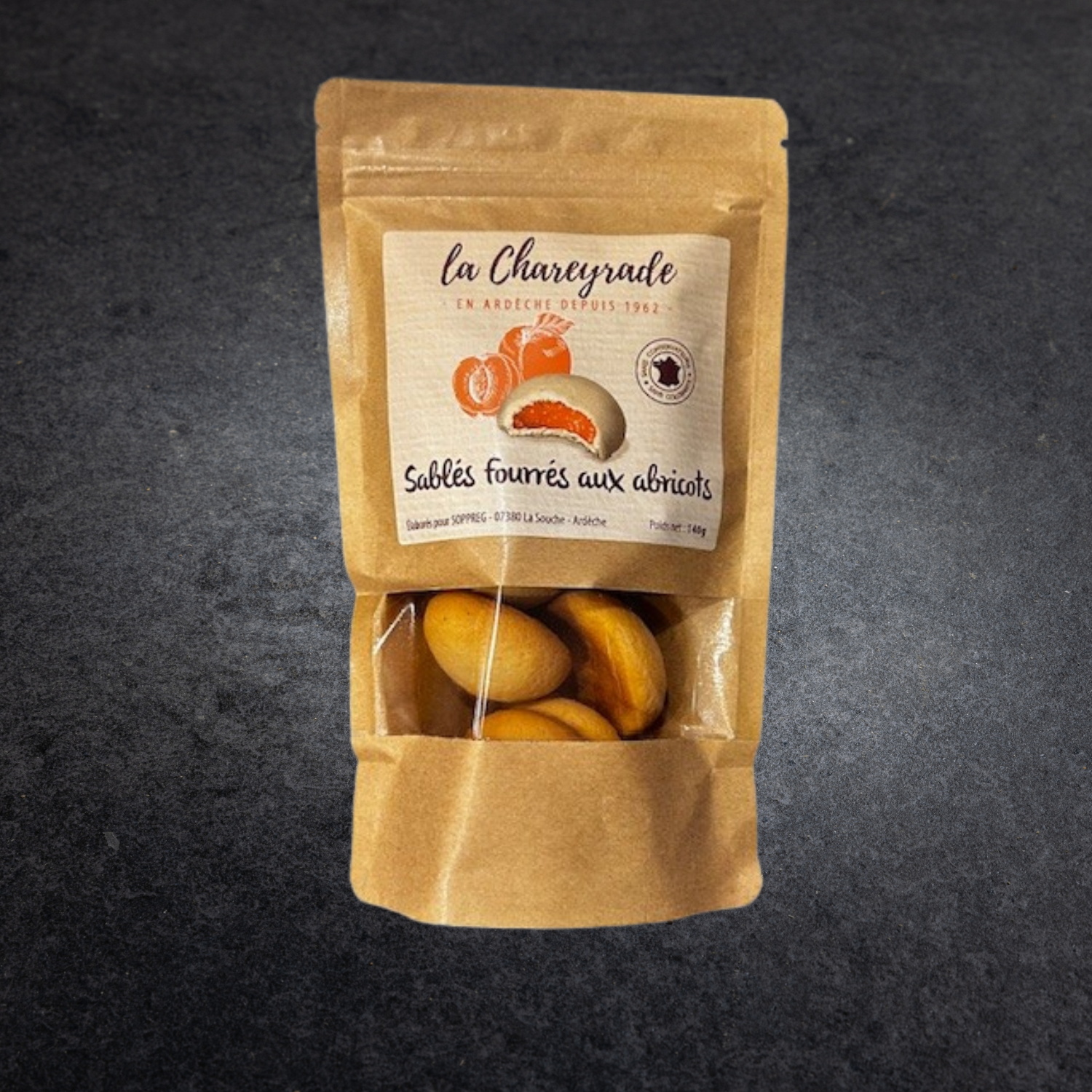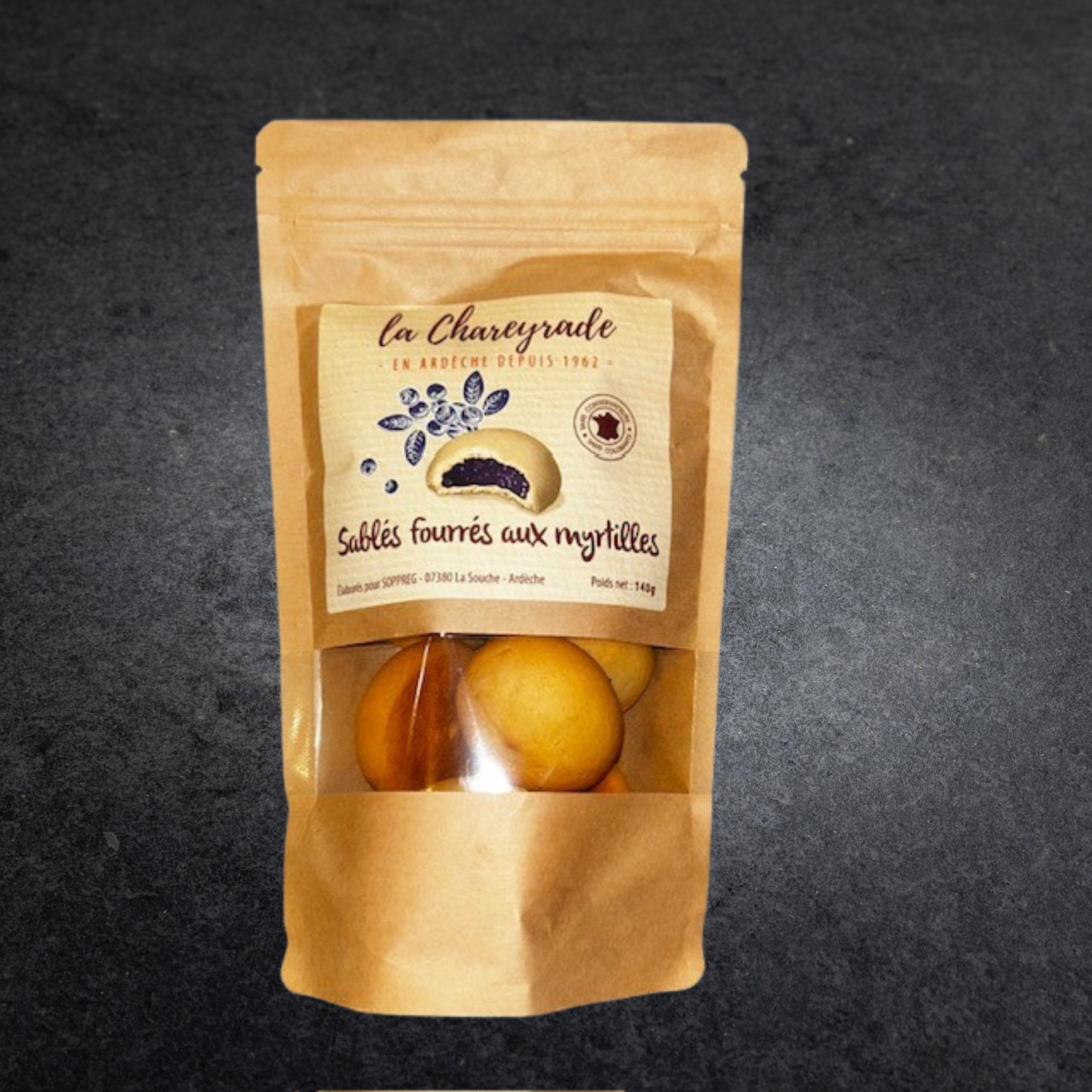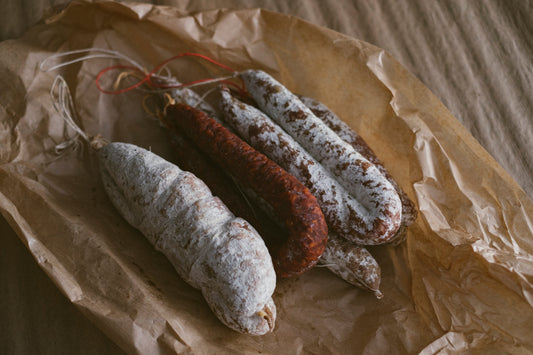How do we dry our dry sausages?
Why are our dry sausages so good?

Because we don't disturb our dry sausages ! We give them time... Time to dry quietly, to mature, to develop all their aromas!
But then, why this choice of "slowness", rather anachronistic, in a world increasingly addicted to speed?
Originally, more than 20 years ago now, the takeover of our salting business was a real love at first sight for these dry sausages that we had discovered in a store in Ardèche. They smelled good, they were beautiful and had an extra taste. The gentleman who made the dry sausages retired but passed on all his know-how to us. We then chose to keep his recipe and his precious know-how while expanding our production capacity. His secret was, among other things, drying the sausage much longer and much gentler than most sausages found on the market.
Reminder on food preservation...

To preserve food, there are different methods which all consist of neutralizing microorganisms, particularly pathogenic ones (bad for health, likely to cause food poisoning for example) which develop by feeding on fresh food, which results in putrefaction.
It is therefore necessary to put ourselves in conditions where life is no longer possible for these microorganisms. To do this, we try to eliminate at least one of the 3 factors essential to life: water, energy (heat) and oxygen.
The oldest methods, called natural or traditional, were developed at a time when no technology existed. They are based on water deprivation: air drying (meat, dried fish, dried fruit, etc.), salting (for example, in salted cod, the salt pumps out the water which is then no longer available for microorganisms and has a bacteriostatic effect) and sweetening (for example jams, candied fruits - and yes! sugar also pumps out water).
Fermentation is also a traditional process that consists of modifying the starting medium to make it unusable by microorganisms, often by acidifying it. Grape juice is fermented into wine, milk into cheese. Are you following?
Newer technologies neutralize microorganisms by heat (pasteurized, sterilized milk, canned food), remove energy by cold (refrigeration, freezing), oxygen with foods under modified atmosphere, use additives (preservatives, antioxidants). Other processes combine several of these technologies.
Let’s get back to drying dry sausages!

In the curing process, raw meat is salted, fermented and then dried: these are the three oldest preservation processes. If the drying is long and gentle, the meat (especially the fat in the meat) has time to transform and release all its aromas. No need for spices in sausages to hide the defects of drying technology that is too fast!
To dry our dry sausages , just salt, pepper, a little Ardèche red wine from the neighboring cellar and the good air of the Ardèche, it's the traditional recipe of the area.
Of course, we are no longer in the Stone Age. We are now able to control the fermentation and drying of dry sausages by selecting temperatures and humidity in our dryers. But everything is long and gentle for us. The fermentation, the drying which lasts from 5 to 7 weeks, variable according to the diameter of the dry sausages (obviously the thinner they are, the faster they dry!).
The natural flower has all the time it needs to develop... The climate and the pure air of the Ardèche also contribute to this. This flower, which grows on natural casings, slows down the drying process and gives off smells of undergrowth and mushrooms, which influence the final taste of the dry sausages. In the past, when it was very abundant following a particularly wet period, the old Ardèche people called it "la bourre".
And what about nitrites?

It seems that this is the thorny issue of the day: saltpeter (or potassium nitrate) and its derivatives, nitrite salts, have always been used in the manufacture of sausage to, among other things, inhibit bad bacteria. In our opinion, it would be dangerous not to use them!
Our very long drying of dry sausages allows us to significantly reduce their presence in the finished product that you consume (approximately 3 times less than the residual dose authorized by the regulations). In other words, they are in trace amounts in our sausages.
You should also know that a sausage is a product "subject to desiccation" as the legislation states, that is to say: the older it gets, the drier it will be. During drying, it loses water and therefore becomes lighter. Result: an "old" very dry sausage will not be very pleasant for your teeth, but it will not make you sick. Sausage is really very resilient, and that is probably why we have been eating it for so long!
And enjoy your meal!

